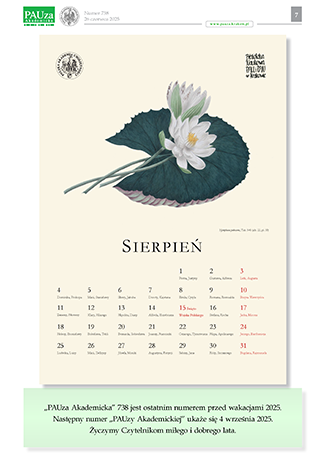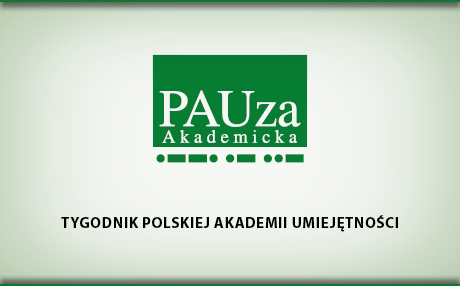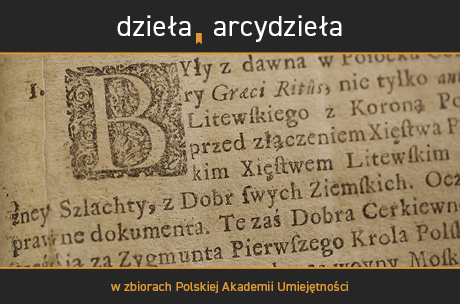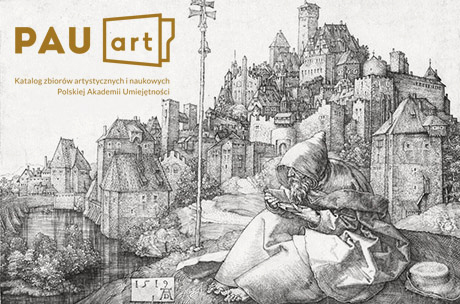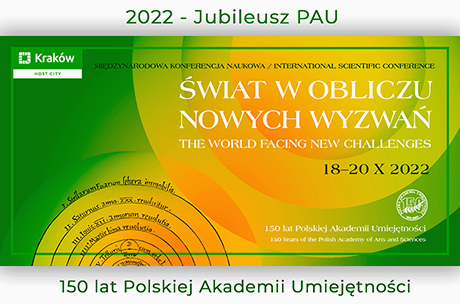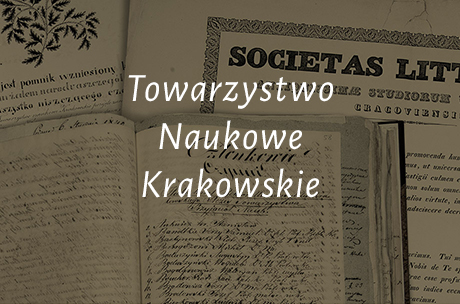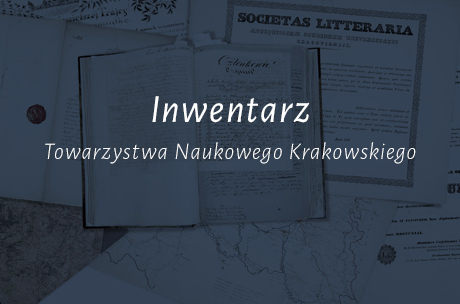Journal indexing
Journal indexing
The journal is currently registered in the following indexing databases and directories of global scope (this list is being gradually expanded):
- ERIHPLUS European Reference Index for the Humanities and Social Sciences
- Index Copernicus Journal Master List 2013: ICV 4.82
(the highest score among Polish journals devoted to the history of science) - Index Copernicus Journal Master List 2014: ICV 64.29, normalized value 6.50
(the highest score among Polish journals devoted to the history of science) - Index Copernicus Journal Master List 2015: ICV 65.56
(the highest score among Polish journals devoted to the history of science) - BazHum (a bibliographic database of Polish academic journals from humanities and humanistic social studies)
- Polish Scholarly Bibliography (PBN)
- POL-index
- ARIANTA Polish Scientific and Professional Electronic Journals
- The Central European Journal of Social Sciences and Humanities (CEJSH)
- Google Scholar
- EZB – Elektronische Zeitschriftenbibliothek/Electronic Journals Library (Universität Regensburg)
- CeON Biblioteka Nauki
- Directory of Open Access Journals (DOAJ)
- Jagiellonian Digital Library



![]()
![]()
![]()
![]()
![]()



![]()
![]()
Archival and current issues are also gradually made available from Index Copernicus, BazHum, Polish Scholarly Bibliography (PBN),
The Central European Journal of Social Sciences and Humanities (CEJSH), Google Scholar, ...
Peer Review procedure
Peer Review procedure
Proceedings of the PAU Commission on the History of Science attach great importance to fair procedures for peer review of texts submitted for publication in the journal as a means to foster its scientific and editorial development.
The journal puts into practice the ideas presented in the paper published by the Ministry of Science and Higher Education “Dobre praktyki w procedurach recenzyjnych w nauce” (2011) [Review procedures in science: good practices].
Each text submitted to the journal undergoes the following review assessment procedure:
A. The submitted text receives an ID number, which will be used in the subsequent stages of the review procedure to ensure the anonymity of the Author.
B. The text is reviewed internally with a particular emphasis on the consistency with the profile of the journal (see bookmark: About the journal ― Thematic scope of the journal and The sections of the journal). Then, in case of a positive evaluation, the text is checked against the formatting guidelines of the journal (see bookmark: Guidelines for Authors, 7. Text formatting ― guideliness).
C. After the possible deficiencies of the text, indicated by the Editorial Committee (composed of Scientific Editors and Language Editors), have been removed, the text will be assessed by 2-4 independent external Reviewers, whose respective identities will remain concealed (double-blind review). There can also be no conflict of interests between the Author and the Reviewers, i.e. the reviewers cannot remain in professional dependency or direct personal relationship (relatives, legal relationships, conflicts), and are not allowed to have directly collaborated with the Author in the two years prior to the review.
D. Based on the opinion of the Reviewers the article might be accepted for publication without changes, conditionally accepted (necessary corrections, cuts or amendments by Author indicated) or rejected.
E. After the imperfections, which have been indicated by the Reviewers and the Editorial Committee, have been removed by the Author, the Editorial Committee takes the final decision to accept the text for publication or reject it, and will inform the Author (or the Co-author who is the contact person) about their decision concerning the publication.
F. After the possible changes, proofreading and initial DTP, the article will be presented to the Author for final proofreading and then be accepted for publication.
G. No texts will be published to which the Author have neither moral nor economic rights or which infringe on personal rights of other people (see bookmark: Ethical and legal issues).
H. A list of Reviewers is, with their consent, published once a year on the website of the journal.
BIBLIOGRAPHY
MINISTERSTWO NAUKI I SZKOLNICTWA WYŻSZEGO
2011: Dobre praktyki w procedurach recenzyjnych w nauce [Review procedures in science: good practices]. Warsaw: Ministerstwo Nauki i Szkolnictwa Wyższego. Available online (in Polish): http://bbn.uksw.edu.pl/sites/default/files/dobre_praktyki.pdf (29.11.2014).
Appeal to Authors and Publishers
Appeal to Authors and Publishers
Since the Editorial Committee views the tradition of publishing reviews as vitally important, both authors and publishers are kindly encouraged to submit for review copies of quality books within the thematic scope of the journal.







